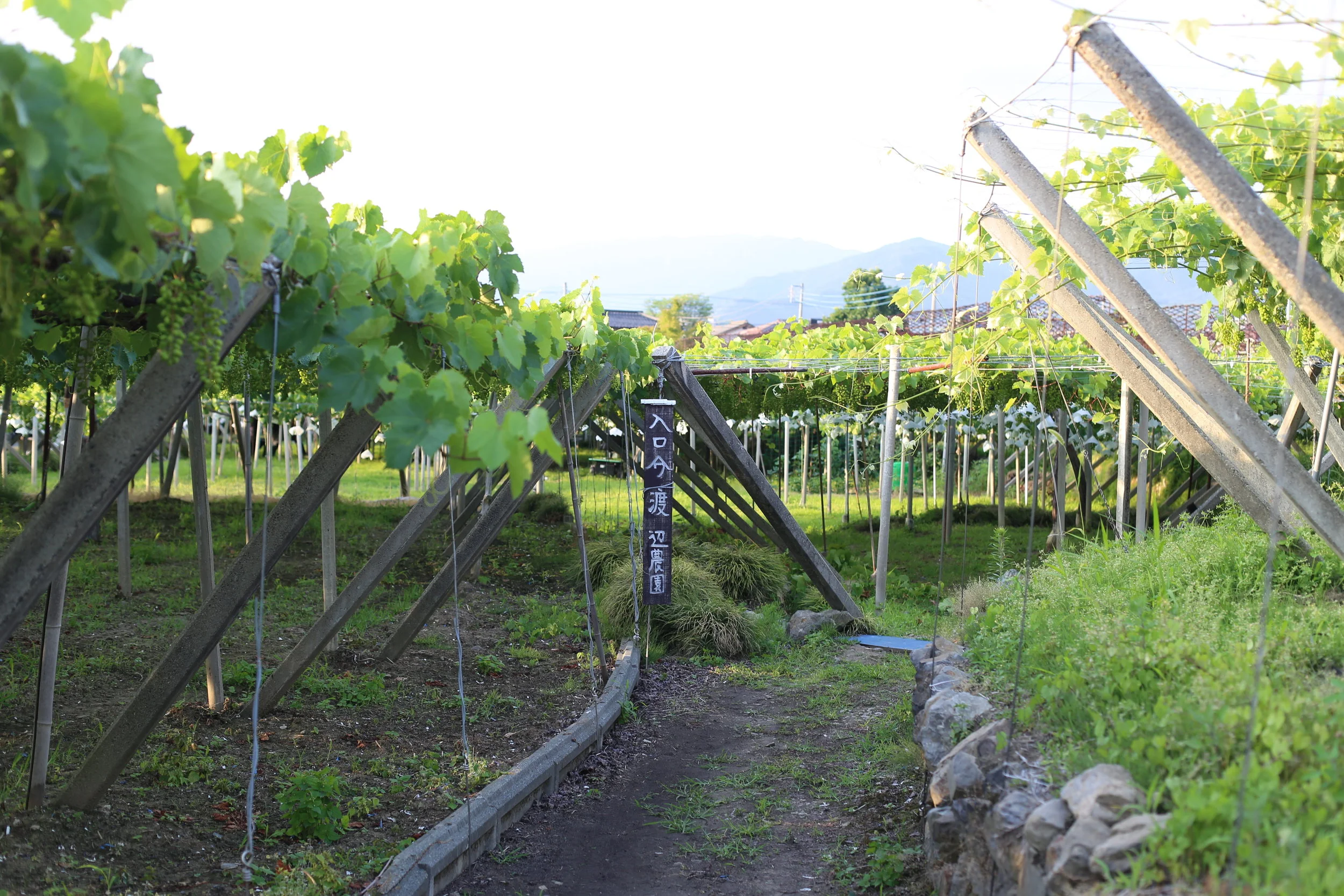When it comes to growing grapes, the scenery in the Koshu Valley has changed little over the centuries. Looking around the area, it is easy to imagine the time, around 1,000 years ago, when vines were first introduced. As you explore the vineyard alleys and historic wineries, you can appreciate the excitement that must have ensued when, in the late 19th Century, the potential of winemaking was discovered. Explore the sections below to learn about the geography, history and winemaking heritage of the region, as well as the characteristics of Koshu wine and the fascinating journey of the Koshu grape.
The Lay of the Land
The Koshu Valley is an alluvial plain lying between two mountain ranges in the northwest corner of Yamanashi Prefecture, just a short journey from Tokyo.
The Origins of the Koshu Grape
It was the ancient name for the area - Koshu - that gave the native Koshu grape its name.
Koshu Wine
Wine made from Koshu grapes has a subtlety that is unmistakably Japanese. Crisp and aromatic, with a delicate umami.
History of Japanese Wine Production
Winemaking in Japan began shortly after the Meiji Restoration of 1868 when the country opened its doors to the world.





